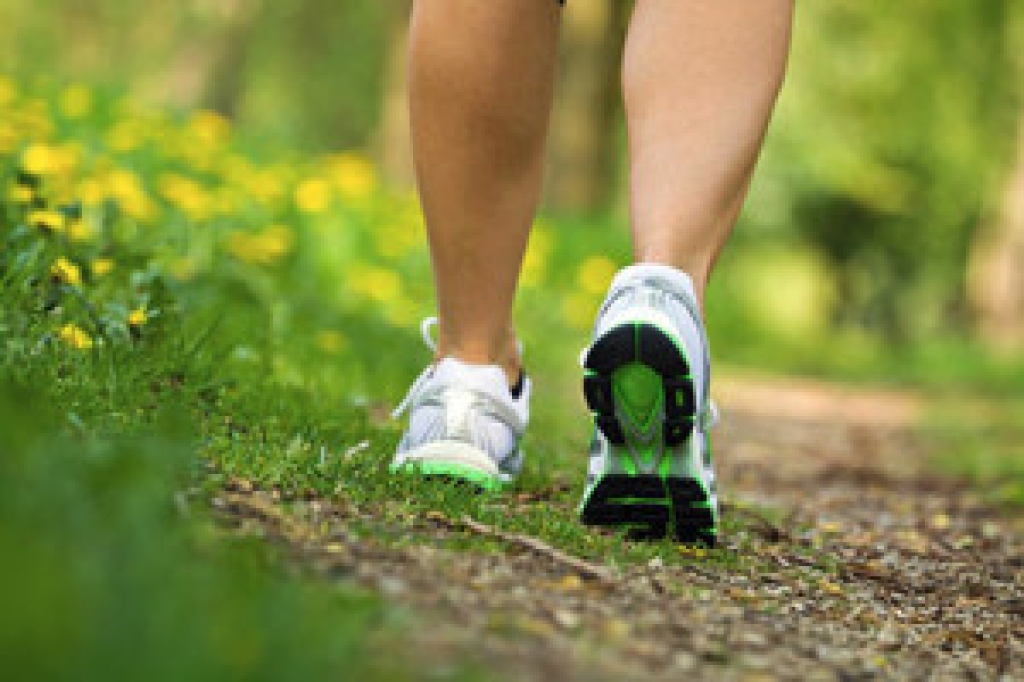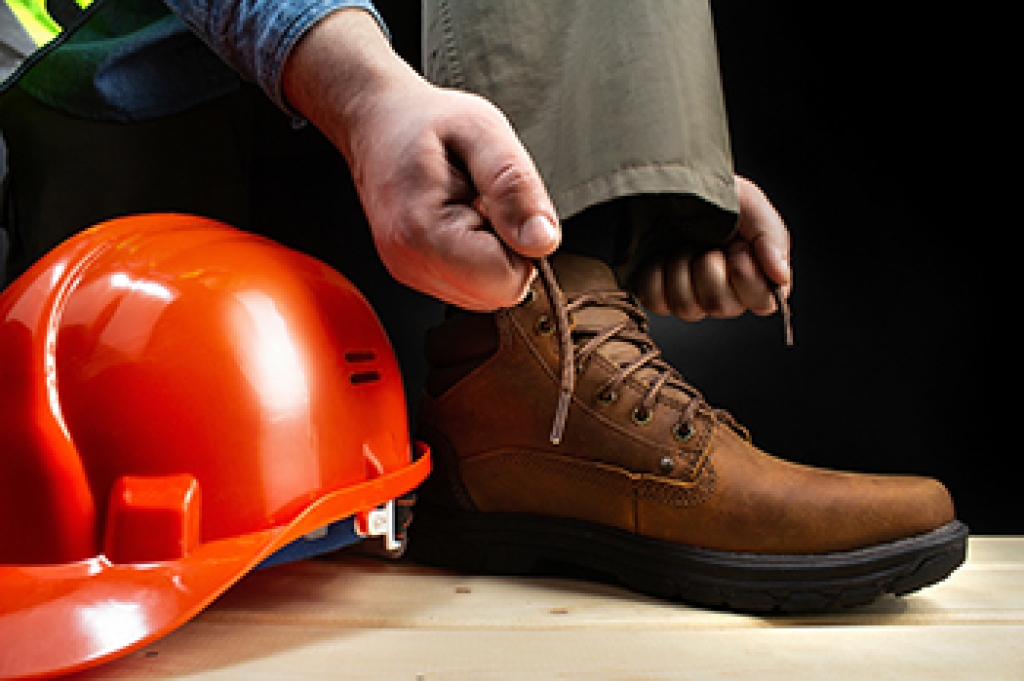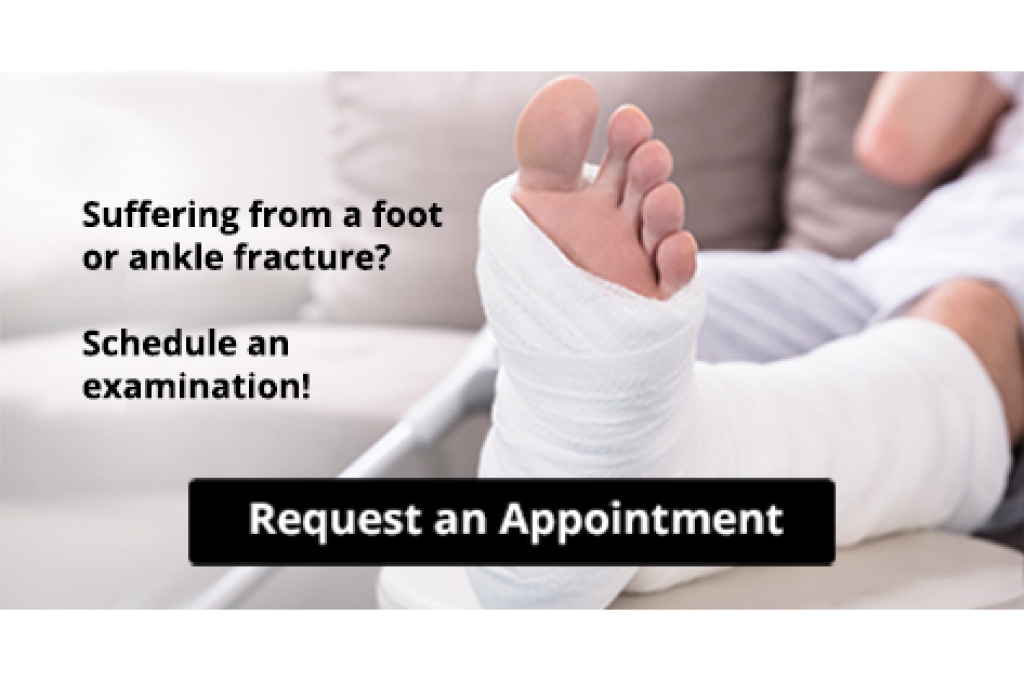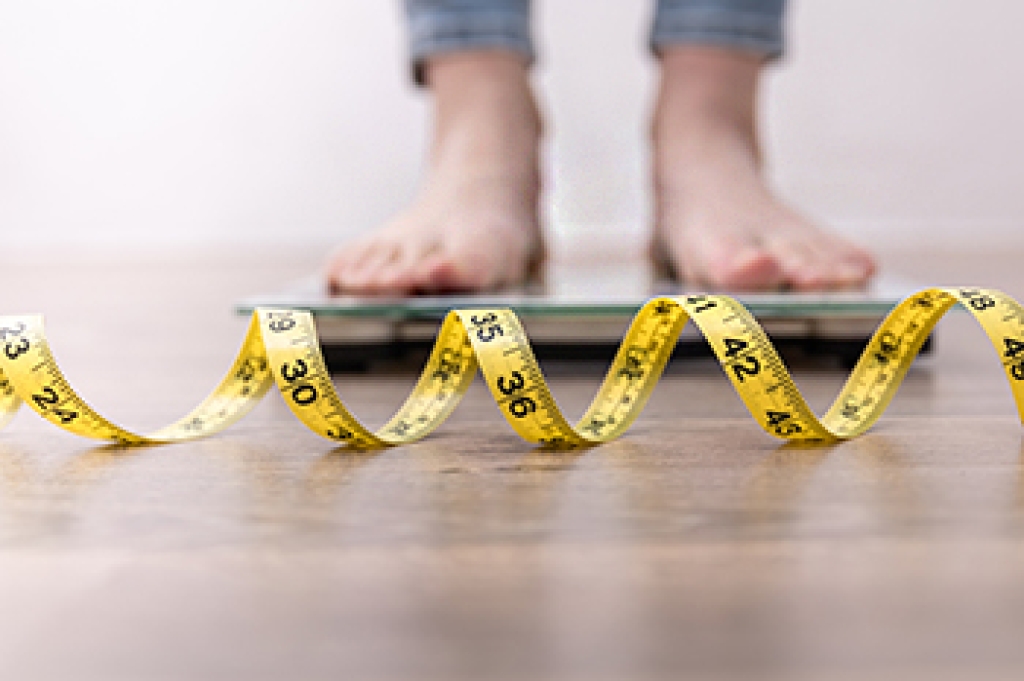Runners can experience pain in the arch of the foot that may be caused by a variety of factors. Some structural causes include high arches, flat feet, and arthritis. Examples of outside factors include the type of running shoes you wear, how you run, and where you run. It may be wise to start with an inventory of your footwear. Rotating pairs of shoes is a great way to prevent putting pressure on the same spot every time you run. And as a rule, it’s a good idea to get new shoes every 350 miles or 6 months, whichever comes first. You may need to see a podiatrist to evaluate how you place your feet and see if you would benefit from custom orthotics for extra cushioning and better arch support. It helps to avoid running on pavement or concrete surfaces and find softer ground to run on. Stretching your feet prior to running is suggested as a way to increase flexibility and keep muscles from tightening. Massaging your feet after each run can increase blood flow and release built-up muscle tension. If you continue to have arch pain during or after you run, it’s a good idea to see a podiatrist regularly for treatment advice.
All runners should take extra precaution when trying to avoid injury. If you have any concerns about your feet, contact Warren Levy, DPM of Armitage Podiatry Center. Our doctor will treat your foot and ankle needs.
How to Prevent Running Injuries
There are a lot of mistakes a runner can make prior to a workout that can induce injury. A lot of athletes tend to overstretch before running, instead of saving those workouts for a post-run routine. Deep lunges and hand-to-toe hamstring pulls should be performed after a workout instead of during a warmup. Another common mistake is jumping into an intense routine before your body is physically prepared for it. You should try to ease your way into long-distance running instead of forcing yourself to rush into it.
More Tips for Preventing Injury
- Incorporate Strength Training into Workouts - This will help improve the body’s overall athleticism
- Improve and Maintain Your Flexibility – Stretching everyday will help improve overall performance
- “Warm Up” Before Running and “Cool Down” Afterward – A warm up of 5-10 minutes helps get rid of lactic acid in the muscles and prevents delayed muscle soreness
- Cross-Training is Crucial
- Wear Proper Running Shoes
- Have a Formal Gait Analysis – Poor biomechanics can easily cause injury
If you have any questions, please feel free to contact our office located in Chicago, IL . We offer the newest diagnostic and treatment technologies for all your foot care needs.





